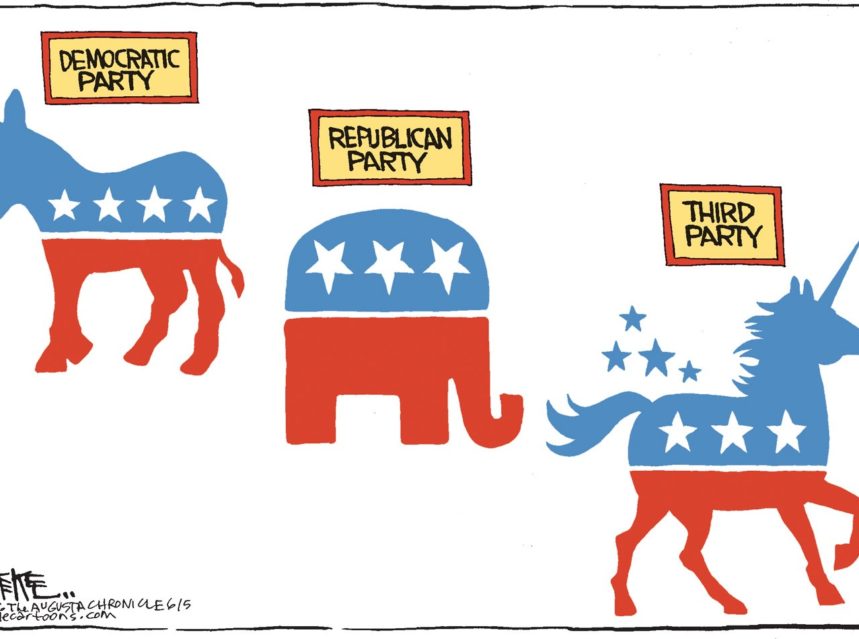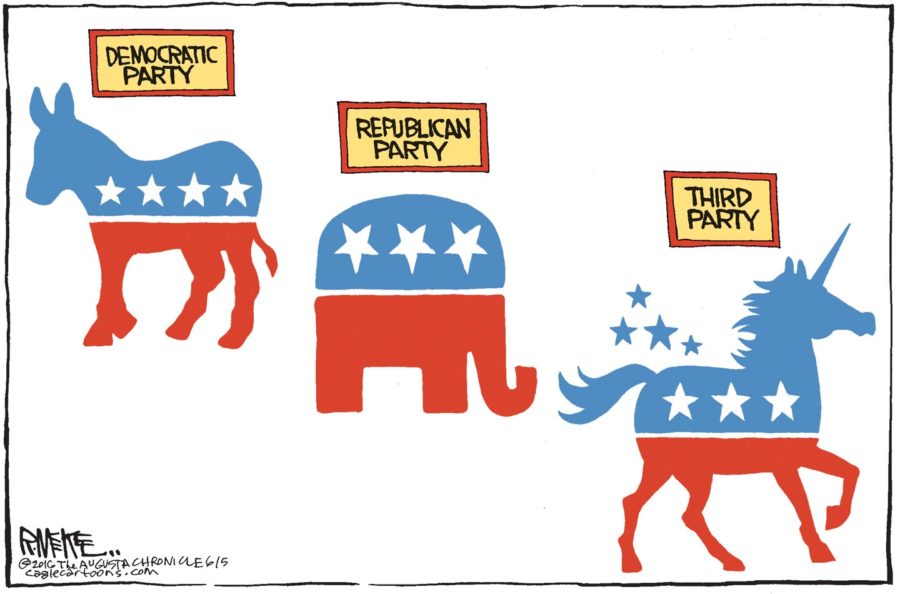All Voters Vote in Primary Elections

Amendment No. 3 allows all registered voters to vote in primaries for state legislature, governor and cabinet. Regardless of political party affiliation, voters would choose from a list of candidates on a single primary ballot. Each candidate would have their party affiliation letter next to the name on the ballot. The two candidates who receive the most votes, regardless of party affiliation, would move on to the general election. The proposed amendment would eliminate primary races if only two candidates qualify; both names would simply appear on the scheduled general election.
In general, there are three basic primary election participation models in the United States. They are…open, closed and semi-closed. Florida is considered a closed primary whereby only registered voters who formally affiliated with a particular party in advance may cast a vote for that party’s primary election. This means, any Florida voter that is not registered either Democrat or Republican may not vote in the Democrat or Republican primary. However, if more than one candidate from a minor political party has qualified for the same office, the names of the candidates will appear on a primary ballot and only registered members of the minor political party will be permitted to vote for these candidates.
Qualified candidates appear on the general election ballot for all Florida registered voters to see. Florida uses a plurality system to determine the primary election outcome which equates to the candidate who wins the largest share of the vote wins their primary election. The candidate need not win an outright majority to be the candidate on the general election ballot. If only one candidate has qualified for the office from a particular party, the candidate will not be on a primary ballot, but will appear on the general election ballot with all the other qualified candidates.

The amendment is an interesting proposal, not as simple as I first considered. Supporters of the bill are part of the mindset that only two thirds of our registered voters are determining the playing field for the other third. The playing field holds open try outs; it is no one’s fault that only two teams or parties usually appear. There are three ways for candidates to qualify. Candidates may pay a fee based on the salary of the office being sought, follow the candidate petition process, or be a write in candidate. The qualifying process as it stands, has nothing to do with the party affiliation.
The major funder of the bill stated the object of the amendment is to create a more representative process and encourage both parties to talk to voters that are more centrist. I applaud his objective and wonder if it would work? Washington State adopted the top two primary model in 2004 and California in 2010. Researching these two states, it appears having an open primary did not result in more centrist candidates. A centrist is a person who holds moderate political views. I don’t know if Florida would be different. I do conclude that the system as it stands does not keep one third of the registered voters from voting. The issue is the lack of minor party candidates keeping one third of registered voters from participating in the primaries.

However, we could create a more centrist playing field by forcing term limits. This would give the candidates a deadline to accomplish their promises. Politicians go into office for a reason. If we eliminate the pressure to be re-elected and take away the power of toting the party lines, would politicians focus more on accomplishing the centrist goals that got them elected?





This discussion made me think of our City’s approach to election of city commissioners where nonpartisan candidates run for specific seats with the winner being given the seat. Another common approach to municipal elections is the nonpartisan plurality method where all candidates for a position (e.g., city commissioner) are listed on the ballot and the top vote-getters are elected. If the contest is for more than one seat, the person or persons receiving the next-highest vote totals are also elected. For example, if there are 4 candidates running for 2 seats, the candidates that finish first and second are elected. This method might work better in our small city, where the pool of candidates is typically small, by elevating the most favored candidates to be our leaders. I think it would also reduce the ugliness we have seen during elections because candidates aren’t running (i.e., fighting one person) for a specific seat.
There are issues, such as the minimum wage, where even if I disagree with someone I can understand where they’re coming from. This isn’t one of those issues — everyone who values reasonable outcomes of elections should vote against this amendment.
The intent isn’t bad. If the Purple Party has a 2-1 advantage over the Yellow Party in a given district, then usually the purple voters will decide things in the closed primary and the general election is an afterthought. In that situation, maybe it makes sense to send two purple candidates to the general. Unfortunately, this system (a “jungle” primary) doesn’t guarantee that.
Suppose the Purple Party has five evenly matched candidates in the primary but the Yellow Party only has two. What would be the outcome? Two yellow candidates in the general election! The purple voters split their vote too many ways. This also gives the Yellow Party an incentive to recruit extra purple candidates (and vice versa) to dilute the vote.
The current arrangement of plurality voting with closed primaries is a terrible system. Jungle primaries, though, actually manage to be an even worse one. Florida voters need to throw this amendment in the trash.